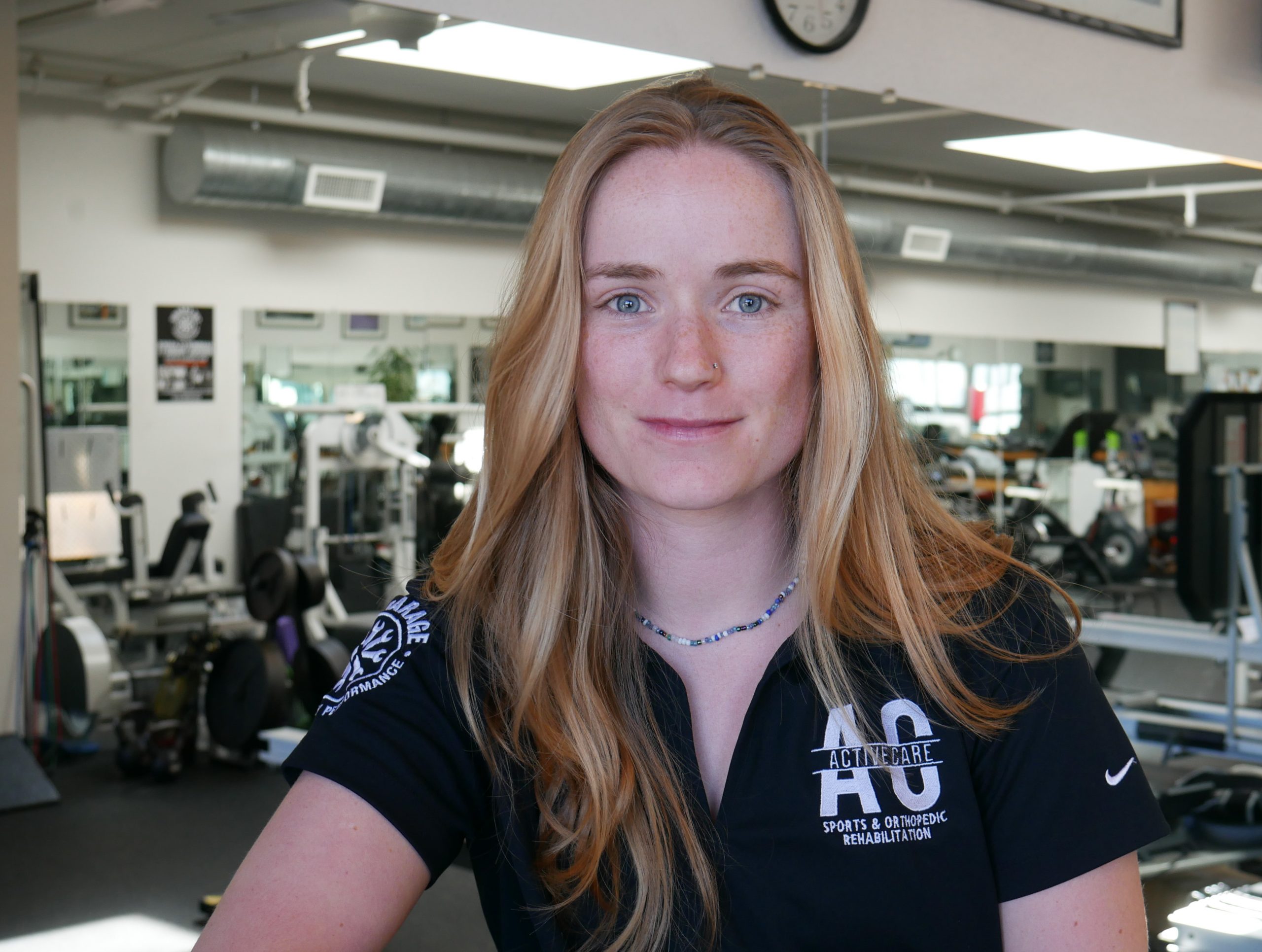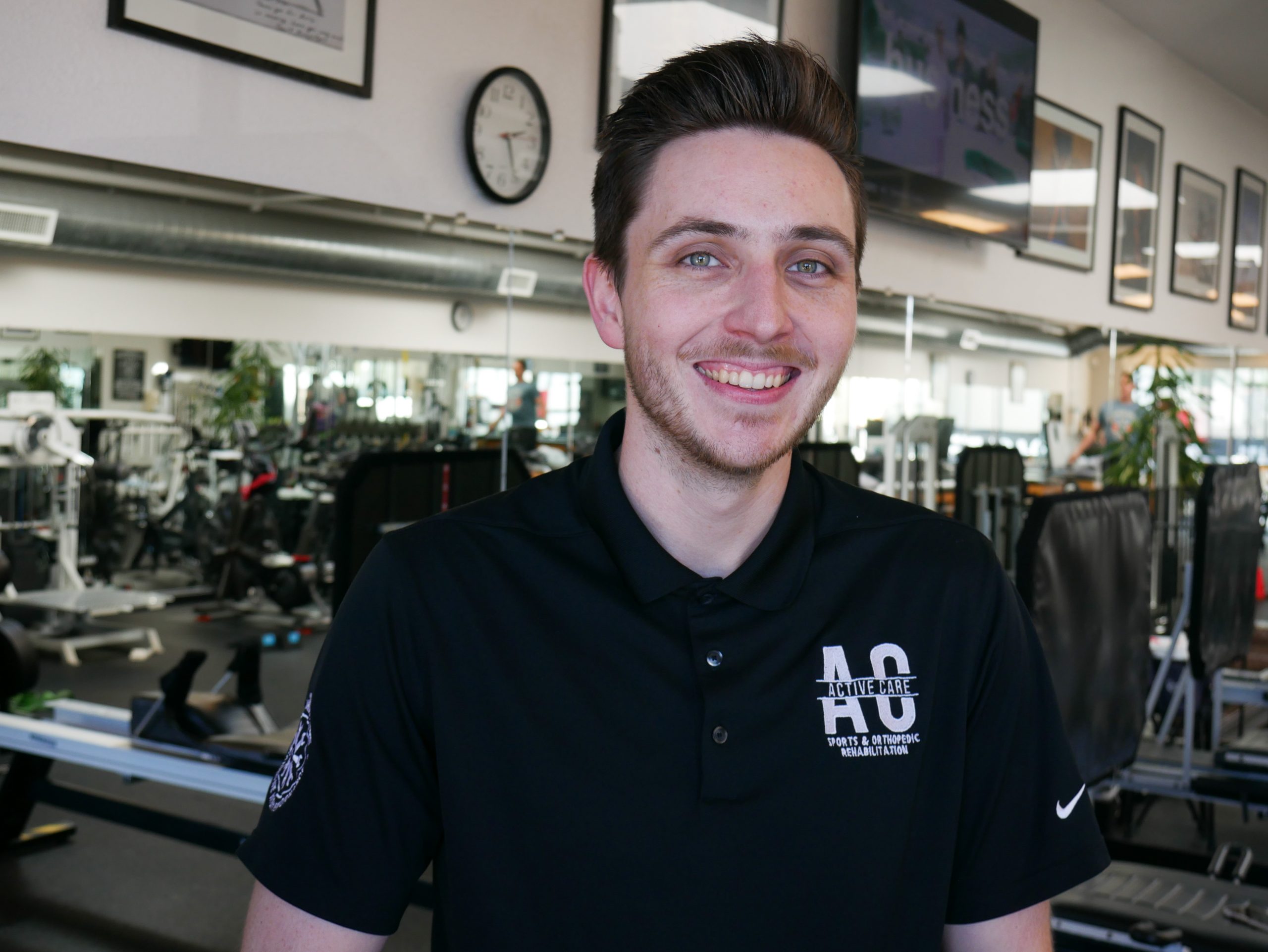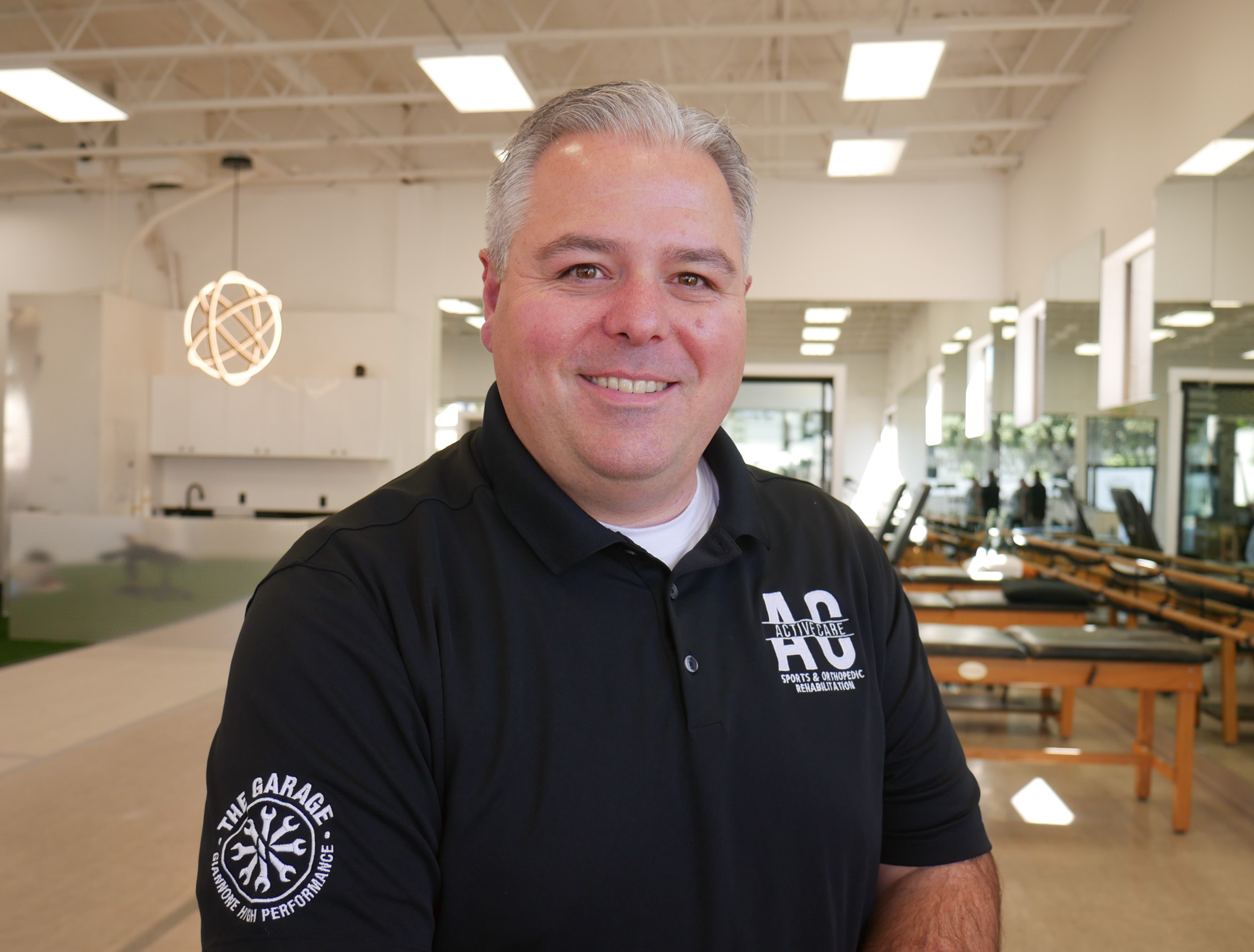admin
It was a house of pain, more hard-core than any training I've ever done for the national team, to the extent that I still do some of the exercises and squats she taught us today. - One Life, Megan Rapinoe
Short of an emergency phone call, there’s few worse ways to be awakened in the middle of the night than a muscle cramp. When it happens, someone usually offers the sage advice of eating bananas and drinking water. But are you really dehydrated and electrolyte deficient in the middle of the night? We owe this... Read More »
Chances are if you work, go to school or are around kids there’s always someone sniffling, sneezing or coughing. Of course, all you’re trying to do is avoid getting the cold, flu or stomach virus your self. But is hand sanitizing, incessant hand washing and kicking open doors like an ER doctor really the only... Read More »
If you’re looking for answers on whether to eat before or after exercise to promote weight loss, research on the topic may leave you more confused. That’s because a commonly cited article seemingly recommended fasting before exercise, leading to a rash of other articles and blogs using the research as evidence that exercising before eating... Read More »
The fitness community has a well-established love affair with the latest and trendiest exercise programs. Remember Tae-Bo and Billy Blanks? Jazzercise and Jane Fonda? Spin and Johnny G? Yet despite the hype, these fitness programs and their famous, chiseled originators eventually faded into anonymity. However, despite our short attention span with exercise programs, CrossFit believers... Read More »
We may be all born to run, but are we all born to run well, fleet of foot and without injury? Running is an immensely popular fitness activity and for good reason. It offers efficient exercise and it can usually be done anywhere or anytime, with only the most basic of equipment. But this simplicity... Read More »
Consult with Lisa!

Interested in virtual advice or a virtual visit? Lisa Giannone and the staff at Active Care are experts in movement, health and fitness. Our services extend nationally and internationally, well beyond the reach of our physical location. Active Care physical therapists and exercise specialists are available and ready to help. Please contact [email protected] with all questions concerning:
- Rehab consultation
- Training advice
- Virtual PT visits
- Exercise program assessment
- Injury assessment
- Biomechanics (running, cycling, swimming technique analysis)
- Team sport injury prevention programs








